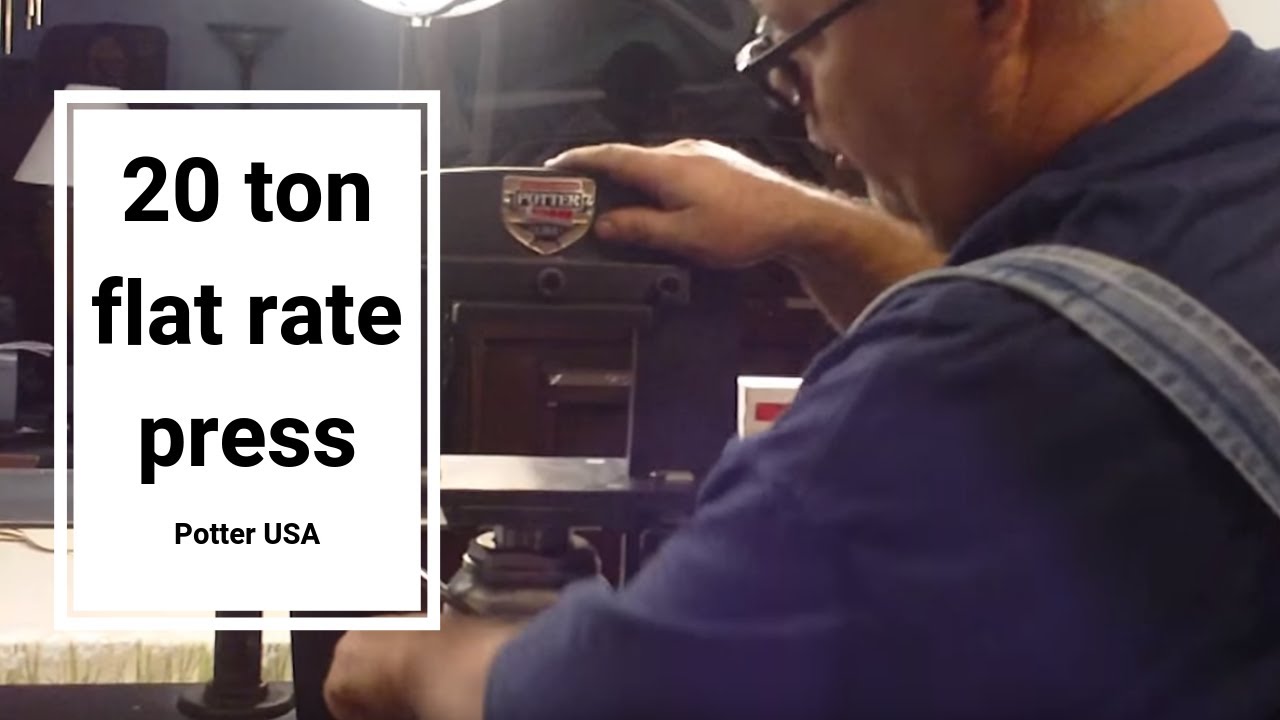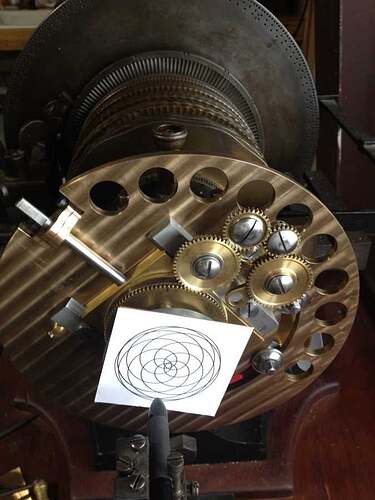Kevin,
Congratulations on your new creation.
You have pointed out your impression that a cut frame is inherently
stronger and safer than a welded one, and that Lee might have
designed his differently, had the technology been available to him.
I’d like to correct these assumptions, and point out a few other
areas of safety concerns that our frames have been engineered to
ameliorate.
You stated “I’m sure Lee would have designed his press differently
had they had the CNC laser equipment available to him when he
designed it.”
Actually we had laser cutters here in New Mexico back in the mid
80’s. I believe the first laser cutters were developed in the late
60’s. Lee did in fact have laser cutters available to him. He chose
not to go this route for several other design and engineering
reasons.
The Bonny Doon Presses are designed with several criteria including
cost and value. One very important factor in its design is Safety.
The Bonny Doon press has been fully destruction tested with a 100
ton ram. No welds broke and none of the welds showed signs of stress.
All the welds were designed by a certified welder and mechanical
engineer to be shear welds. Shear welds are inherently much stronger
than tensile welds. With a 5X safety factor (20 ton rating/100 ton
safe) I can easily claim a very safe press. All certified welders
understand heat affected zones or HAZ, and know how to minimize its
affects. Welding is used extensively in buildings, bridges, aircraft,
and our cars. You should also know that laser cutting induces the
very same HAZ in the metal. My point is that any technique of
construction will have its pros and cons. The job of good design and
engineering is to take into account all of the material constraints
and all of the desired criteria and blend them into the ideal piece.
Welding is a great method of producing a quality press with
tremendous strength. We at Bonny Doon know that we have created the
very best design using the very best techniques and materials for our
stated design criteria. And after 20+ years it’s still only $995
which includes the very best obtainable hydraulic jack which is
forged rather than cast.
An important and serious safety concern was the return springs. We
are able to use large return springs in the BD press because they are
fully contained inside the upright columns.
Exposed springs are a very real safety concern. A good example of
this can be seen with the garage door manufacturing industry. Over
the last 40 years there has been a steady migration away from the old
pivot type garage door which relied on large exposed springs. After
several injuries and many liability claims most door manufacturers
are now making the roll-up type door. Several nationwide hardware
stores no longer sell the old style garage door springs due to
liability issues because the users are fully exposed to harm when a
spring fails. Most manufacturers of exposed springs now include an
internal safety cable or a cover to help catch flying debris when a
spring does fail. An additional benefit of using larger springs is
that the ram returns faster which translates into faster cycle times,
allowing the user to do more in a given amount of time.
For safety reasons the ram in the BD press is oriented with its
handle to the side. This places a steel column between the operator
and the parts being pressed.
Gauges are always provided with the Bonny Doon press, another safety
design criteria. Gauges allow the operator to do most operations
inside a container such as a formbox without the need for visual
exposure. Without gauges one must rely on visual clues, or attempt to
“count the strokes”.
The tip-over platen is another safety design. We did test several
methods such as the one you use to keep the platen from tipping
over. Unfortunately this can create a group of events to cause a
catastrophic failure. Anytime the workpiece is off center in any type
of press there is a danger. With the lower platen locked into the
uprights any failures will take place at much higher pressures. With
the tip-over platen the ram and/or workpiece simply tilts out of the
press frame at much lower pressure. Centering the workpiece is a
safety issue professionals are trained to fully understand when
qualifying to use any industrial press. In its simplest form you can
observe what happens when using a hammer off center. How many people
have struck their stamp with a hammer off axis only to have it fly
across the room.
Lee Marshall now has almost 60 years of engineering experience in
machine design including time working with National Can and Coors.
Lee holds several patents for press tooling and assemblies. All his
years of experience were brought into the first Boony Doon press in
1990. We have made slight updates over the last few years, but it is
still the best design that includes all of the design criteria of
Safety, speed, rigidity, accuracy, low cost, longevity, and 22 years
of time proven production and support.
There are lots of hydraulic presses on the market, one can go to
Harbor Freight and buy a shop press for under $200. You could also
buy a 20 ton industrial press for well over $10,000.
As always, I recommend to the serious jeweler or metalsmith when
pondering the purchase of a hydraulic press, or any tool, do the
research, define exactly what you need, plan for the future, and buy
once, buy well. Or if you chose to make your own press have a
certified welder do the work.
And when using a press, no matter what type or style, remember the 5
C’s, Consult, Cover, Center, Contain, Column. That is, Consult your
notes and your colleagues, Cover your face with protective gear,
Center the work in the press, Contain the work if possible, and
utilize the Column for safety.
Sincerely,
Phil
bonnydoonengineering.com

